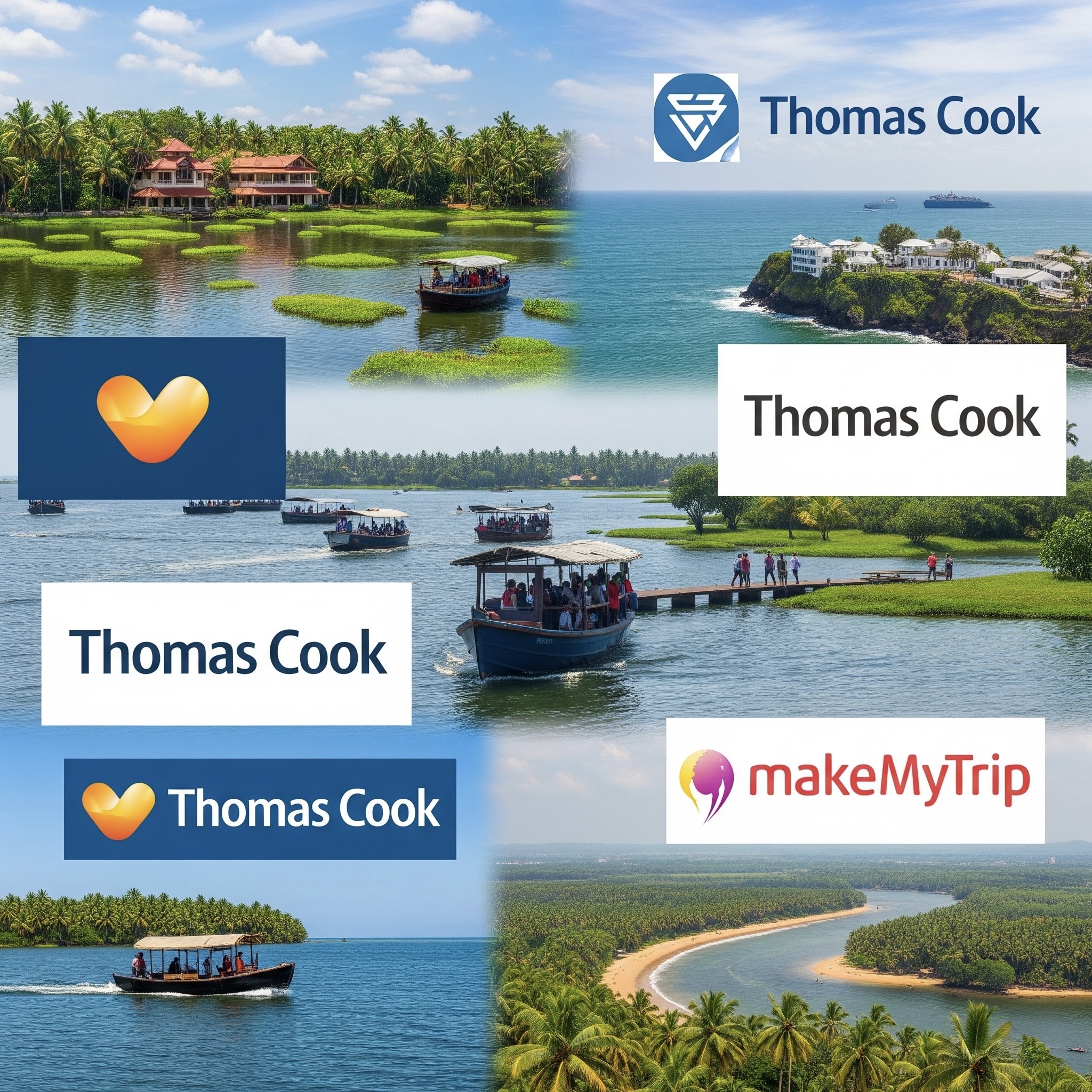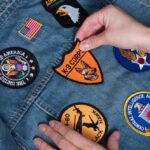The Langtang Valley Trek is a unique expedition in the Himalayas of Nepal. I like this trek route because of the exciting explorations and day hikes it offers, though this trip is shorter than many other popular ones in Nepal. You will arrive at Kyanjin Gompa after three days of hiking. There are a number of wonderful day hikes with stunning vistas that can be started from this tiny mountain village. This trek is shorter, less expensive, and possibly more scenic than other treks like the Manaslu Trek, Everest Base Camp Trek, or the Annapurna Circuit.
I’ll go through all the information you require regarding the practicalities of the Langtang Valley Trek in this blog article. In addition, I’ll provide you with a brief summary of each day of the walk in the form of a journal entry and images. This will help you prepare for the hike and give you a good sense of the sights you can expect to see each day.
Before sharing my experience in the second section of this blog post, I will detail all of the information you need to know in this complete guide about the Langtang Valley Trek and climbing Yala Peak.
A Guide to the Langtang Valley Trek
You can find all the essential information you need to prepare for your journey to Langtang Valley in this guide. The only source of information I have is entirely based on my personal experience from the whole trek.
Langtang Valley Trek Route Details
Distance: 77 kilometers (48 miles).
Days required: 10-11 days
Total Incline: 4000 meters
Total Decline: 4000 meters
The highest points on the trek: Kyanjing Gompa (3,870m/12,697ft), Kyanjin Ri (4,773m) or Tserko Ri viewpoint (5,033m). Moreover, Yala Peak may also be climbed from Kyanjin Gompa, which is located at a height of 5,500 meters.
Trekking Grade: Moderate
Transportation: local bus or private vehicle (No need to reserve a flight! Within seven to eight hours, you can travel to this trek.)
Langtang Valley Trek Outline Itinerary
Day 1: Kathmandu drive to Syabru Bensi (1550m/5100ft) about 7-8 hours drive
Day 2: Syabru Bensi trek to Lama Hotel (2450m): walking distance 6-7 hours, 1070m ascent – 10.9 km
Day 3: Lama Hotel trek to Langtang Village (3430m): walking distance 4-5 hours, 980m ascent – 14.8 km
Day 4: Trek to Kyanjin Gompa (3870m): walking distance 2-3 hours, 460m ascent – 6.8 km
Day 5: Acclimatization day in Kyanjin (3870m)
Day 6: Trekking back to Lama Hotel (3430m): walking distance 6 hours, 1430m descent – 21.6 km
Day 7: Lama Hotel trek to Big Syabru Bensi (2230m): walking distance 6-7 hours – 13.1 km
Day 8: Big Syabru Bensi to Sing Gompa (3330m): walking distance 3-4 hours, 1040m ascent – 6.8 km
Day 09: Sing Gompa to Gosaikunda Lake (4460m): walking distance 4-6 hours, 1130 m ascent – 11.2 km
Day 10: Gosaikunda to Sing Gompa (3330m): walking distance 4 hours
Day 11: Sing Gompa to Dhunche (1950m): walking distance 6 hrs and drive back to Kathmandu
Potentially challenging situation
Although somewhat similar, the Langtang Valley Trek is substantially shorter than the Annapurna Circuit or Everest Base Camp. Many people will find the 5000m height you reach challenging. Altitude sickness can occur often. The route increases altitude rather fast, with some days having an elevation increase of more than 1000 meters. These short periods of elevation are exhausting, and the body must swiftly acclimatize. Although it is an excellent first-time hike in Nepal, it should not be taken lightly.
Permit
A TIMS card and a park entrance permit are required to trek in the Langtang area. The total cost for both is NPR 5,000. The tourism board office in Kathmandu is where you may pick up this permit card. You must present your passport, complete the application, and pay the fees. If you don’t have time to visit the tourism board office, you may get your TIMS card and park entrance permit at the first checkpoint on the way to Syabrubesi.
Guide
This is one of the easier short treks in Nepal, so a guide is not necessary. I used a map to find my way from one teahouse to the next and found the routes to be simple to follow. However, I advise hiring a guide if this is your first experience hiking in Nepal. The guide handles all the arrangements, routes, instructions, and tea houses for you.
Accommodation and Foods
Along the journey, there are guest houses, often referred to as tea houses, where you may stay and rest in a comfy bed. There are eating facilities and chargeable showers available. It was a wonderful place to stay after a strenuous day of climbing and quite comfy. We learned a lot about their distinctive culture because the majority of the communities were Tibetan. You can also have Tibetan bread, Thukpa, Momo, and typical Nepali meals including Dal, Bhat, and Tarkari.
Budget
The cost of the trek is around $800 USD, which includes all transportation, lodging, food, and permits. However, the price of hiking may vary based on your spending priorities. It will undoubtedly cost you more if you want additional amenities like a five-star hotel, a personal guide, western cuisine, or a private vehicle.
Packing List
It is usually preferable to plan and prepare the items you will need for hiking. Indeed, I kept my luggage relatively light and organized my goods by season. It became colder as we climbed to the top. But we had plenty of thick jackets and sweaters in our bag, so we stayed warm. So I advise you to get an extra jacket.
This is only a guideline, but it worked fairly well for me and my arrangement with no issues. Each guesthouse has blankets, so you won’t need to get a sleeping bag.
Besides this, other items you must have in your backpack include warm or thicker hiking pants, a long-sleeve thermal shirt, a lightweight summit down jacket, a beanie, a cap, sunglasses, a neck buff, gloves, hiking boots, a headlamp, a pair of warm summit socks, sunscreen, trekking poles, a water filter, a power bank, and other useful items of your choice.
Best Season to trek Langtang Valley
March through April, as well as October through November, are the busiest months for the Langtang Valley Trek. Due to the milder temperatures, most hikers prefer to visit at this time. Avoid making this trek from June to August when it’s raining.
This area has harsh winters from December through February. The upper portions of the journey will be covered with snow, making it challenging to walk and navigate. In fact, a large number of the homestays close for the winter and reopen only in the spring. However, it is feasible to trek the Langtang Valley Trek in late February or early March, when the season is just starting. It may be extremely lovely with snow.
Early in March, we went hiking in the Langtang Valley. The daytime sky was bright blue and comfortable. But as we climbed higher, I began to feel rather cold. The hiking trails were clear, although Tserko Ri and Yala Peak had some heavy snowfall.











